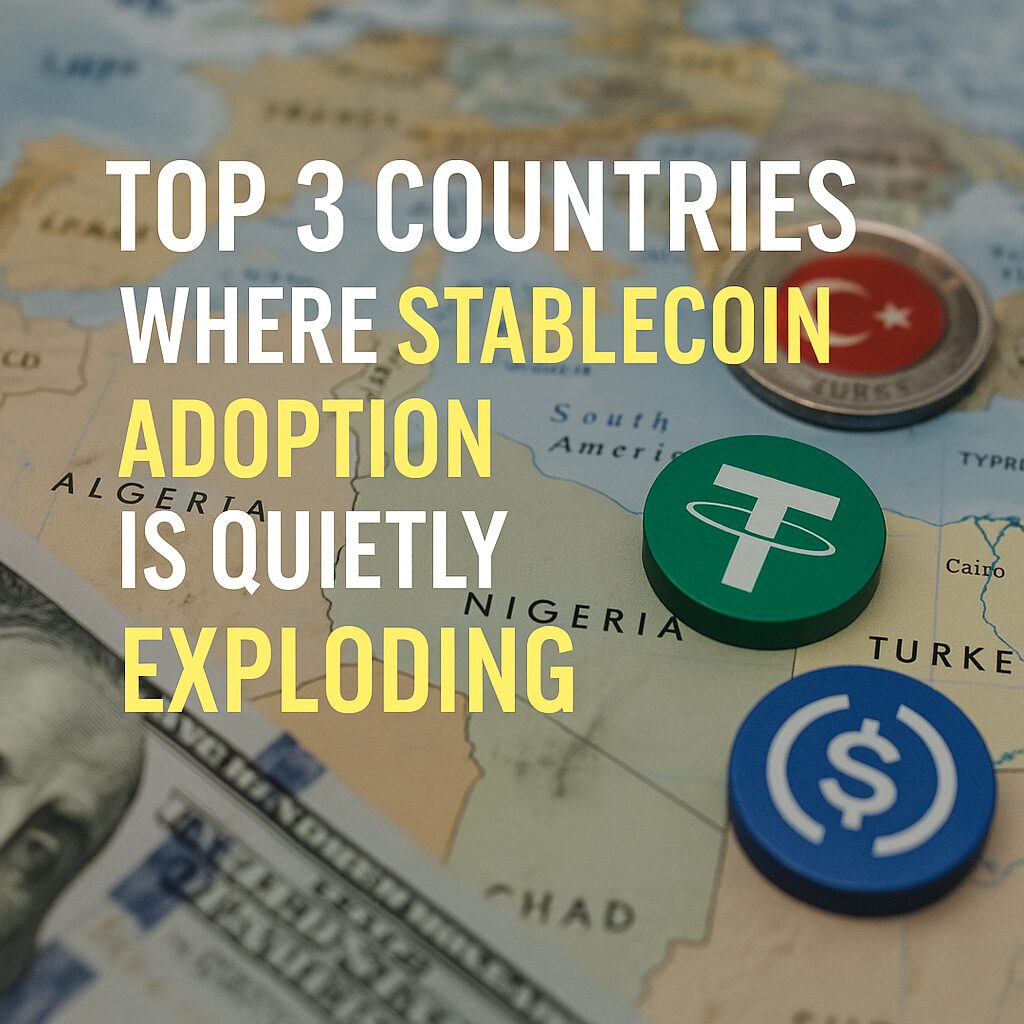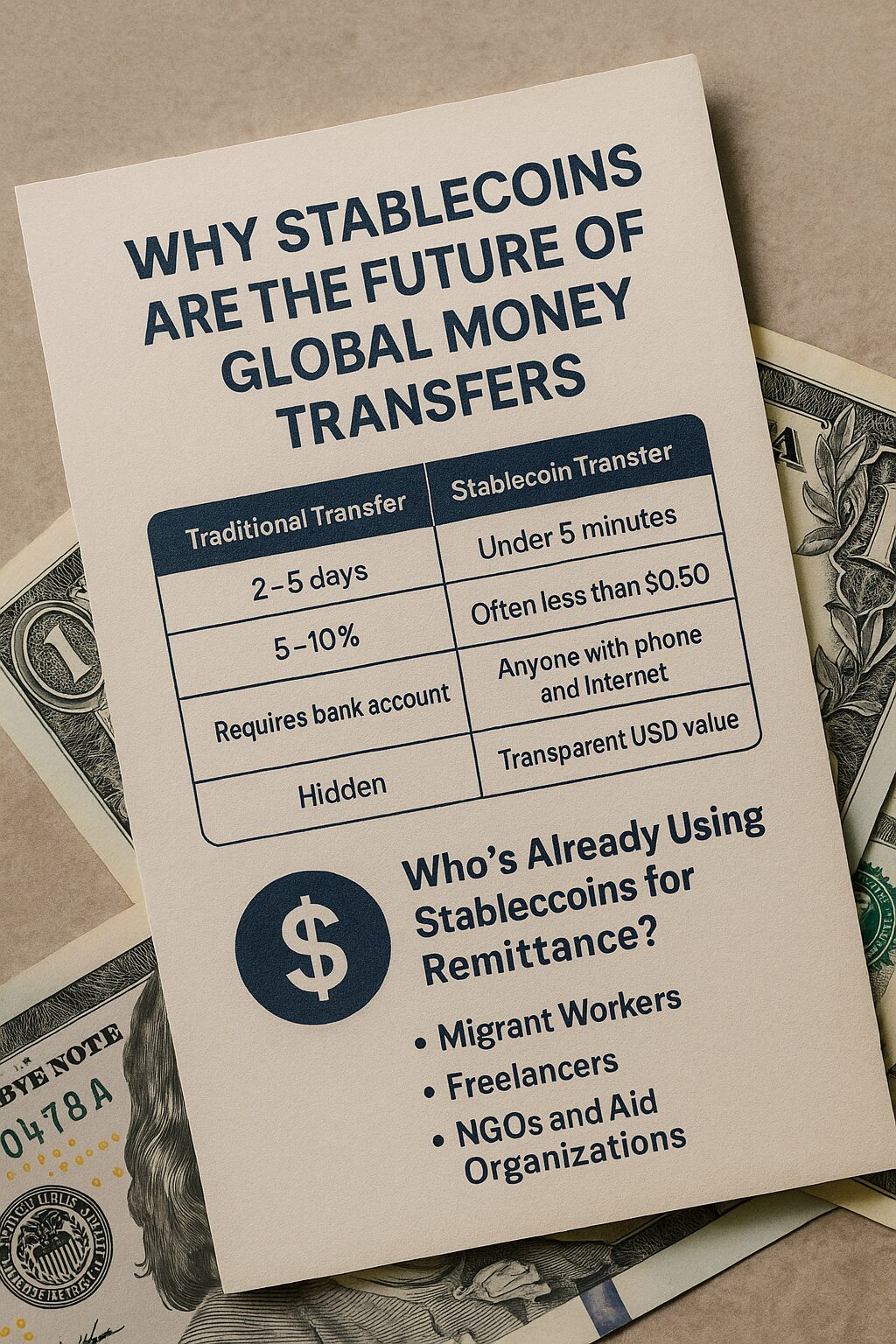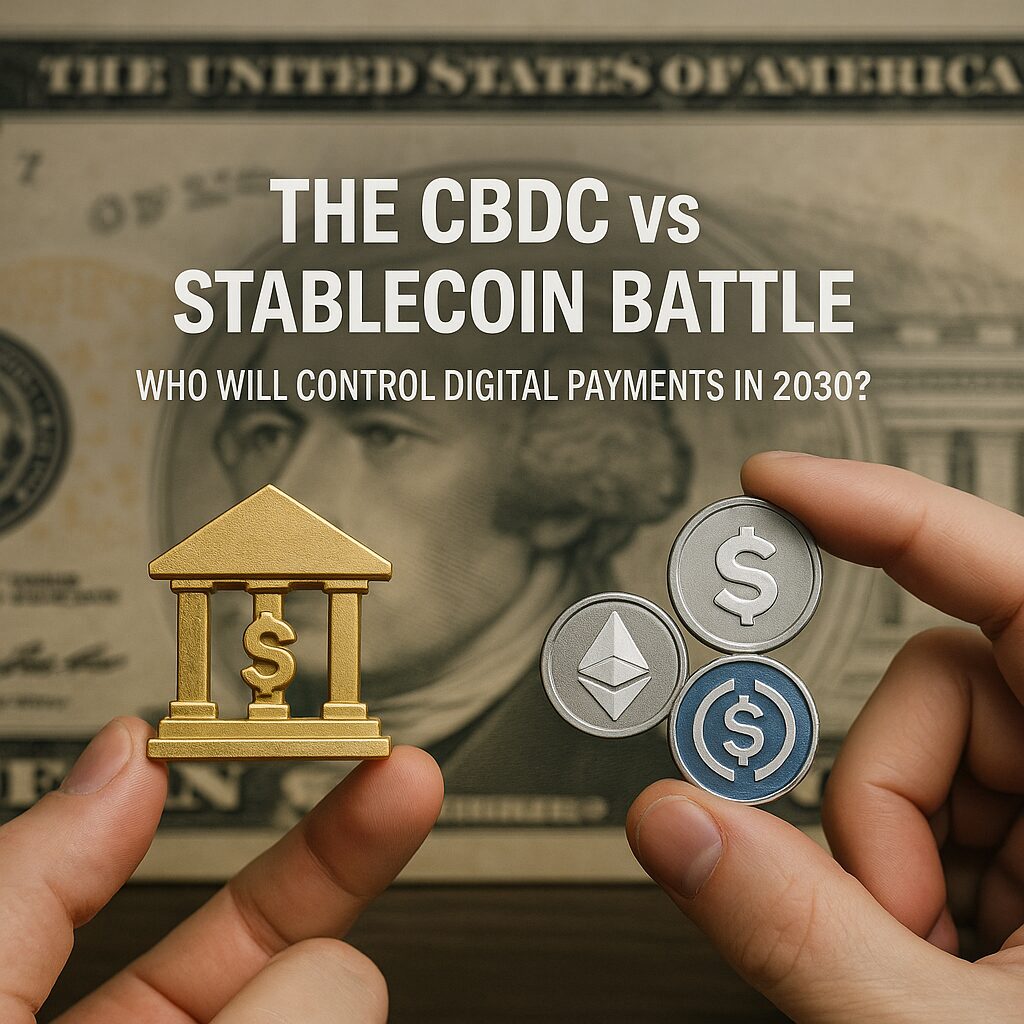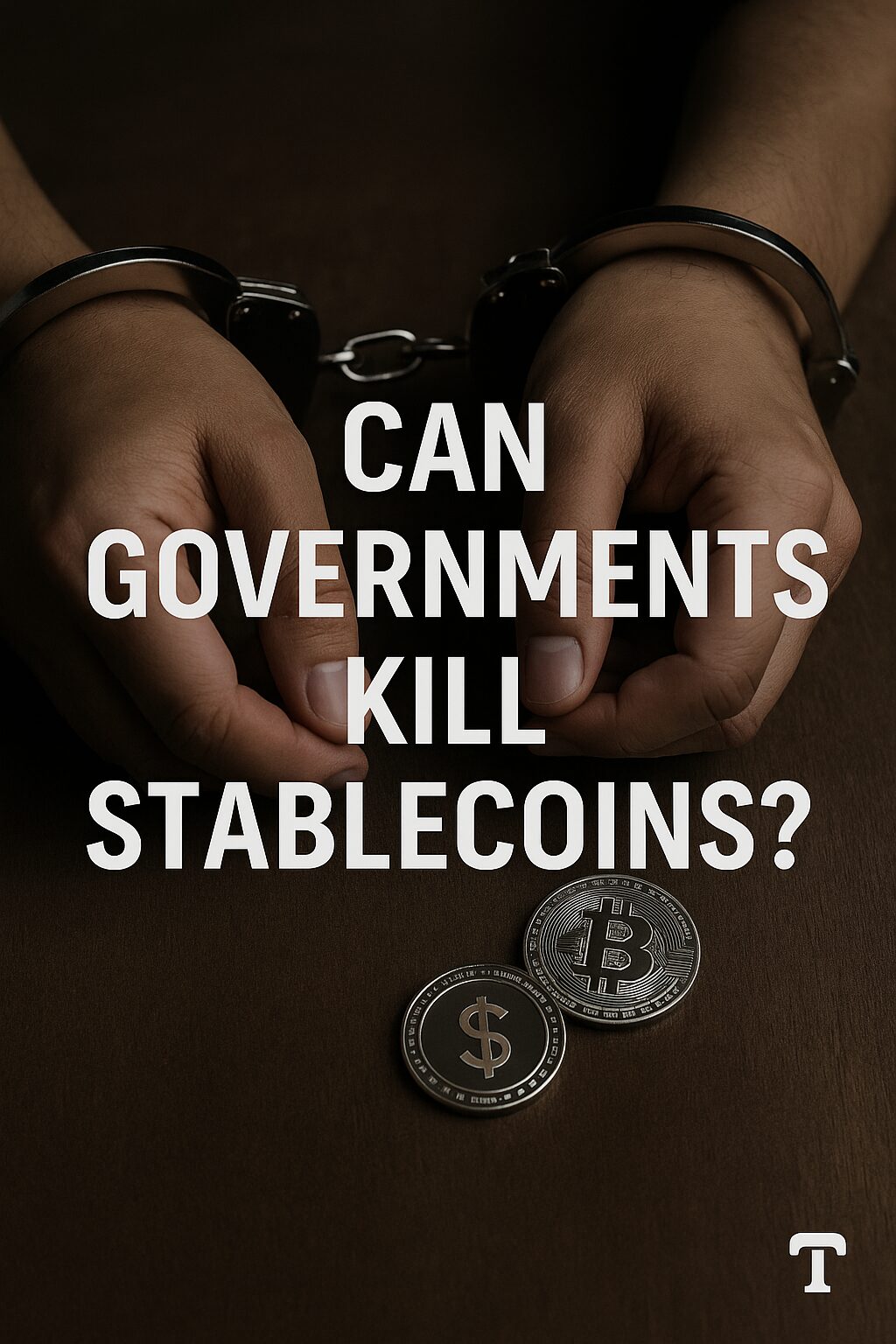While regulators in the U.S. and Europe debate the rules around stablecoins, something far more important is happening quietly in the background: real adoption in the parts of the world that need it most. In emerging markets plagued by inflation, currency restrictions, and broken financial systems, stablecoins are not an investment—they’re a lifeline.
This article explores the three countries where stablecoin adoption is surging and what it means for the future of global finance.
Why Stablecoins Are Booming in Fragile Economies
Stablecoins like USDT and USDC offer three things that fragile economies lack:
- A store of value that resists inflation
- The ability to transact internationally
- Access to savings and DeFi tools without bank approval
For many users in Latin America, Africa, and parts of Asia, stablecoins have replaced traditional savings accounts. They are used for remittances, e-commerce, salary payments, and even real estate purchases.
1. Argentina: Inflation and Dollar Demand
Argentina has long struggled with inflation, but in recent years, it’s gotten worse—often exceeding 100% annually. As the peso crumbles, Argentinians seek alternatives:
- Peer-to-peer platforms like Binance P2P and local marketplaces are flooded with USDT offers.
- Many freelancers now request stablecoins instead of pesos or even dollars.
- Merchants accept USDT for high-ticket items like electronics and cars.
Despite government efforts to crack down on crypto, adoption continues to rise—especially among the middle class.
2. Nigeria: Innovation in the Face of Financial Blockades
Nigeria is home to one of the youngest and most tech-savvy populations in the world. As the naira weakens and capital controls tighten, stablecoins have become a crucial tool for financial survival:
- Freelancers, developers, and remote workers use USDT or BUSD to get paid.
- Informal remittance networks use WhatsApp and Telegram for stablecoin transfers.
- Popular wallets like Trust Wallet and Binance are widely used despite regulatory friction.
Even though the government has tried to push its own CBDC (eNaira), the public response has been lukewarm—most still prefer permissionless stablecoins.
3. Turkey: Crypto as a Hedge Against Lira Collapse
Turkey has seen massive inflation and currency devaluation, leading to a boom in crypto usage:
- The Turkish lira lost more than 50% of its value against the dollar over recent years.
- Binance, Paribu, and BTCTurk report some of the highest stablecoin volumes in the world.
- Turkish citizens use USDT for both short-term savings and daily transactions.
The government has discussed regulating crypto tightly, but adoption continues to climb—especially among younger, urban users.
The Rise of “Shadow Stablecoin Economies”
In these countries, entire parallel economies have emerged:
- People buy and sell goods in Telegram groups using USDT.
- Real estate deals are done with wallets instead of wire transfers.
- Savings and pensions are stored in decentralized wallets, far from banks.
This is not speculation—it’s real-world adoption driven by necessity.
Government Reactions: From Bans to CBDCs
Governments are not unaware of these trends. Responses include:
- Argentina: Tax crackdowns and banking restrictions.
- Nigeria: CBDC promotion and exchange restrictions.
- Turkey: Regulatory proposals and anti-money laundering frameworks.
Still, enforcement is difficult without shutting down the internet. Peer-to-peer markets adapt faster than laws.
Why This Matters to Global Crypto Strategy
Western headlines often miss where crypto growth is really happening. Adoption doesn’t need Wall Street approval—it just needs a problem to solve.
- Emerging markets test real use cases before Silicon Valley catches up.
- Developers and investors should follow grassroots adoption, not just regulatory clarity.
- Stablecoin volumes in these countries could become leading indicators of global trends.
Conclusion – Watch the Margins
The next wave of crypto adoption is not starting in Manhattan or London—it’s already underway in Lagos, Buenos Aires, and Istanbul.
Stablecoins are giving people financial power where none existed. That’s not just a trend. That’s a revolution.




